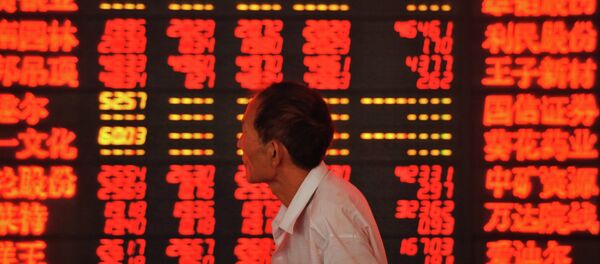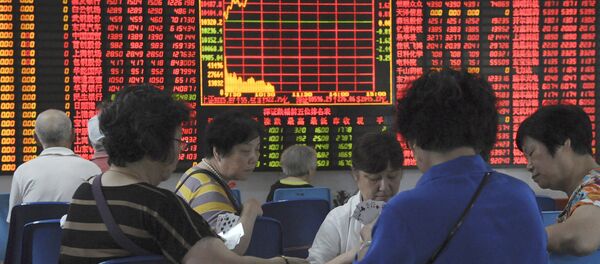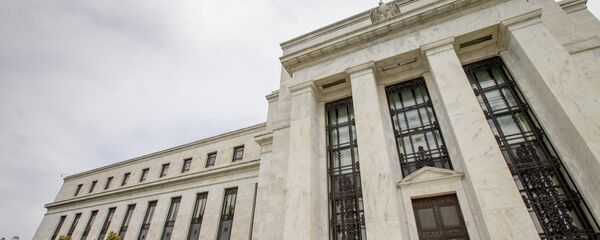While the uncertainty of mainland China’s growth and the shrinking export potential of industrial nations of Southeast Asia is still weighing on the region’s financial performance, select nations are starting to reap first benefits of their asset depreciation.
Emerging markets with a more stable outlook, like Malaysia and Indonesia, are enjoying their improved investment appeal, possibly signaling an upcoming full-scale rebalancing in structure of industrial and financial development in the third world.
Most Asian currencies have plunged amidst the anticipation of the US Federal Reserve’s interest rate hike, coupled with destabilizing effects of mainland China’s slowdown and decline of exports, most prominently, from both China and Vietnam.
However, while a full-blown regional crisis still seems more of a far-fetched perspective, the currency devaluation might be a good thing.
Both Malaysia’s ringgit and Indonesia’s rupiah are at their 1998 lows, mostly due to both nations’ dependence on oil exports. A general export decline has triggered a massive selloff in Asian assets recently, with both the People’s Bank of China (PBOC) and the State Bank of Vietnam (SBV) forced to devalue their currencies striving for their respective international competitiveness in industrial exports.
The Vietnamese dong has dropped 5% in 2015 as the nation’s trade deficit rose to $300 mln in July due to slowing export activity. Vietnamese exports only added 9.5% in January through July 2015 compared to an increase of 14.5% for the same period last year.
Mainland China’s renminbi was devalued by 4.4% in August, causing a shock to international markets, as the PBOC felt the urge to help shrinking exports as well. Chinese exports fell an annualized 8.3% in August.
The Malaysian ringgit fell by some 30% in 2015, weighed on by the decline in value of exports as oil prices fell. Indonesia’s rupiah dropped roughly 20% for the same reasons. The situation in the developing Asian nations is drastically different than that in Japan: while Japanese exports slid 0.7% in shipped volume in July, their value actually rose by 7.6% due to the advanced hi-tech components prevailing in most of the nation’s industrial output.
This is not another Asian crisis though: in 1997, the Malaysian currency crashed by 70%, while in Indonesia, the rupiah was devastated by a massive 448% devaluation.
The depreciation in Southeast Asian currencies only makes things better for Malaysia and Indonesia: while labor has become even cheaper, material assets have depreciated as well, meaning a sharp cost reduction for those interested in doing their business in the region.
Malaysia has enjoyed a trade surplus ever since 1998, having built up solid FX reserves. The situation is similar for Indonesia, whose FX reserves are 5 times larger those in 1998. In South Korea and Thailand, FX reserves have also risen since 17 years ago.
Meanwhile, the external of in these particular four nations has decreased by 60%. Thus, Malaysian, South Korea, Indonesia and Thailand are now enjoying better bond ratings, making the business climate even more favorable.
And as the US accelerates, the increased import of technology into the emerging industrial nations of Asia will eventually result in greater and better exports of manufactured goods to the global market from these nations. For now, Indonesia’s exports to the US rose 14% in August from July.
According to US financial giant Morgan Stanley, the Indonesia rupiah and the Malaysian ringgit are the region’s most attractive investment assets: both are cheap, while the policies of their respective governments are sound and market-friendly, and their economies are industrializing rapidly, also having an oil-exporting backstop.
Meanwhile, the bank marked Turkey, South Africa and Brazil as most vulnerable in the current financial environment. In Turkey, labor costs are rather high, while South Africa suffers, as its mining is growing cost-expensive and less profitable, and Brazil is plagued by governmental and regulative inefficiency.
Currently, the US Fed’s possible rate hike, expected on 17 September might trigger a short-lived selloff all across the emerging markets. However, a stabilization is likely within a matter of days in the most promising and investment-friendly markets of Southeast Asia.
Meanwhile, the more vulnerable nations and those exposed to Chinese risks, are subject to lingering uncertainty, largely depending on further US growth, driving oil prices and determining the changing landscape of international trade.





